What should you keep in mind when choosing between sustainable active funds vs ETFs? Who of active funds or ETFs favor sustainable investors in 2021? What conclusions can be drawn in terms of portfolio construction(1)?
A regular and fair analysis of active management and ETFs in Europe including sustainable funds, made from the proprietary database of BSD Investing* and data from Morningstar (as of October 31, 2021) helps answer these questions. . A new look in the world of portfolio management.
The key elements of the debate
1. Due to the recent strong development of new products, both active and ETF management may respond more or less adequately to sustainable objectives such as engagement, exclusion, climate change …
2. Active and ETF management of ESG investments have limits:
- The availability and reliability of suitable ESG data
- The lack of consensus and transparency of ESG ratings which limits the ability of investors to understand the meaning of ratings
- The strength of conviction of the commitment depending on the manager or the management company.
3. It’s true, some active managers can overcome rating limitations by relying on their own research.
4. However, passive management with new indices targeting for example decarbonization or climate change can significantly influence companies to align themselves with the principles of sustainability.
Who is favored by investors in 2021?
Sustainable investments capture the majority of total flows
In Europe, flows to sustainable funds amounted to € 383bn, an increase of 58% compared to 2020. For the second year in a row, more than half of the flows in the market to active funds and to ETFs are heading towards sustainable investments.
Sustainable active management is popular with investors
At the forefront of innovation, ETF management early on turned to sustainable investing. The Covid 19 crisis in 2020 has accelerated the trend. But active management reacted very quickly to competition from ETFs and is meeting with great interest from investors. In 2021, active management captures 77% of sustainable flows. But the flow dynamic remains very strong for the two management styles. Flows to sustainable ETFs amounted to € 91bn, up 54% compared to 2020.
Sustainable ETFs increasingly attract investors
Sustainable flows represent 30% of flows to equity funds and 25% of bond flows. Flows to sustainable bond ETFs show the strongest growth momentum and are already 90% above the 2020 record.
Sustainable active funds vs ETFs: what distribution in investor portfolios?
In terms of assets under management, sustainable funds are carving out a place of choice in client portfolios. They now represent 25% of all assets under management in Europe against 15% two years ago. The breakdown is the same as for traditional funds: 15% in ETFs versus 85% in active funds.
Sustainable active funds vs ETFs: what impact for portfolio construction?
This analysis confirms that for sustainable investments as well, active management and ETFs both have a role to play within portfolios. Making investment decisions based on genuine sustainable motives as well as choosing the right between active funds and ETFs is key to building an optimal portfolio aligned with long-term sustainable goals.
Marlene Hassine Konqui



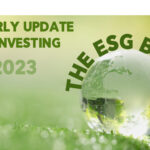
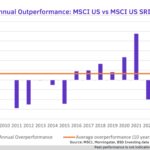




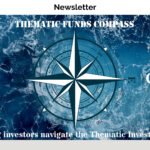
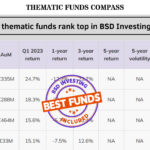
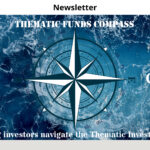
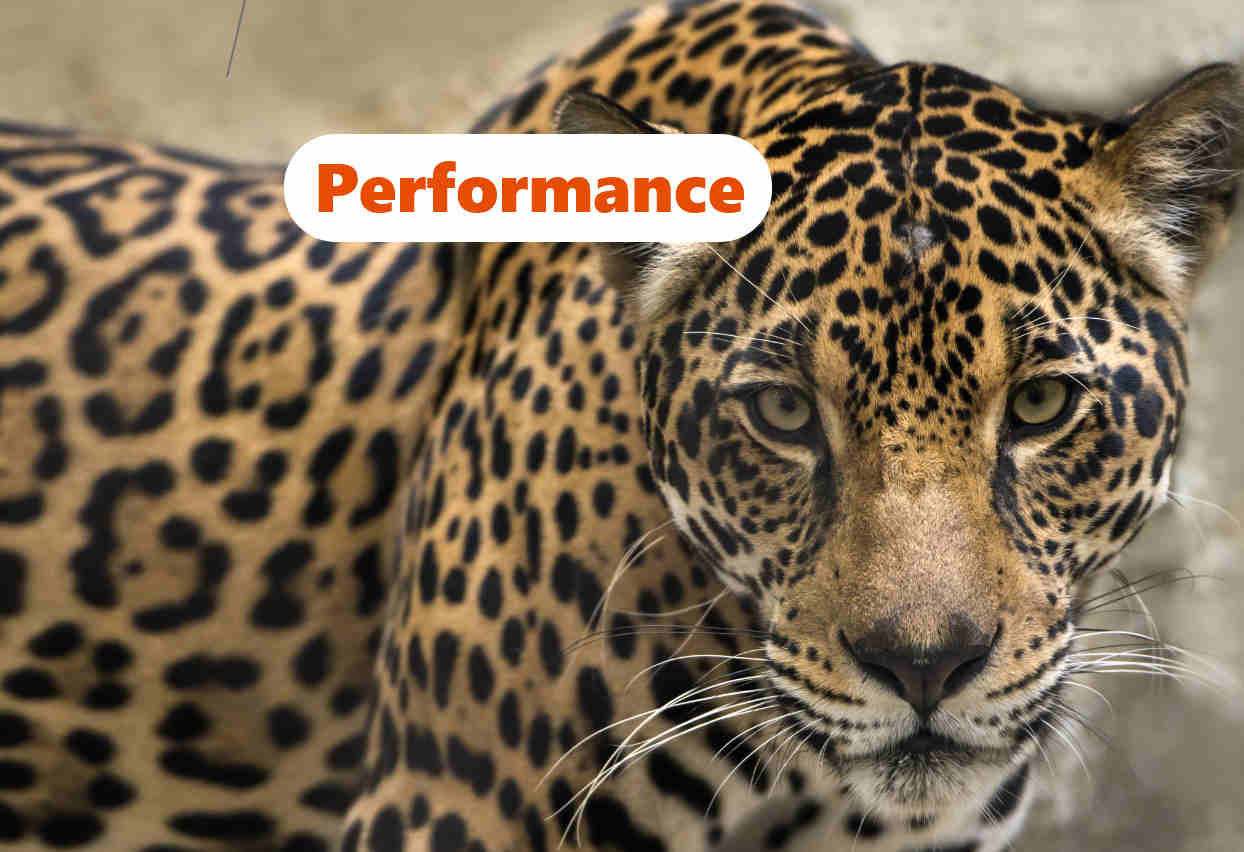
Leave a Reply
You must be logged in to post a comment.